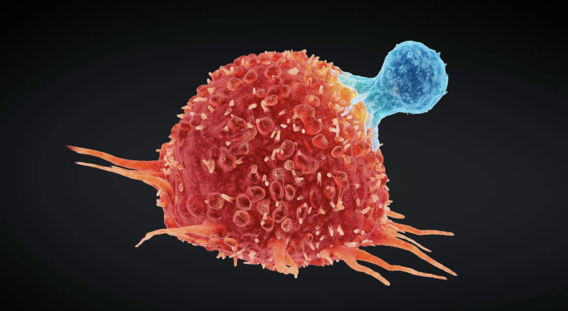David Masopust has long imagined how to push immune systems to their limits—how to rally the most powerful army of protective cells. But one of the big mysteries of immunology is that so far, nobody knows what those limits are. So he hatched a project: to keep mouse immune cells battle-ready as long as possible. “The idea was, let’s keep doing this until the wheels fall off the bus,” says Masopust, a professor of immunology at the University of Minnesota.
But the wheels never fell off. He was able to keep those mouse cells alive longer than anyone thought possible—indeed, much longer than the mice themselves.
When your body first detects foreign bacteria, cancer, a virus, or vaccine, the immune system’s T cells log the presence of that invader, kill the cells it’s infected, and form new T cells that carry the memory of how to fight it. Should the same intruder return later on, that protective T-cell army will swell to meet it.
But researchers have noticed that if you stimulate these T cells too many times, they’ll get exhausted—they’ll become less responsive to threats and eventually die. “It was a concern,” says Masopust. “Raising too large of an army would turn the army into a bunch of zombie soldiers.” Immunologists have considered this a fundamental limit on T cells’ capacity to fight threats. Masopust, however, wasn’t sold. “We wanted to test this principle.”
His team’s experiment began by dosing mice with a viral vaccine that stirs up T cells. About two months later, they gave them another shot to rally the cells again for stronger immune memory. Then a third boost two months later. At this point, the immunized mouse T cells were absolutely amped. “They were too good at destroying whatever I gave them,” Masopust says. “The viruses get snuffed out too quickly.”
This didn’t satisfy Masopust, so his team took cells from the immunized mice’s spleens and lymph nodes, expanded the cell populations in test tubes, injected about 100,000 into new mice, and began immunizing them the same way. Once again, the mice got three shots over about 6 months. And once again, the T-cells kept fighting.
